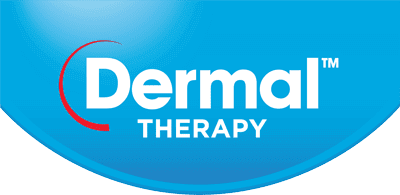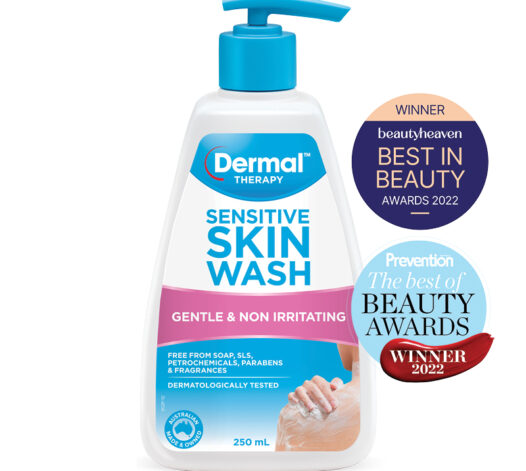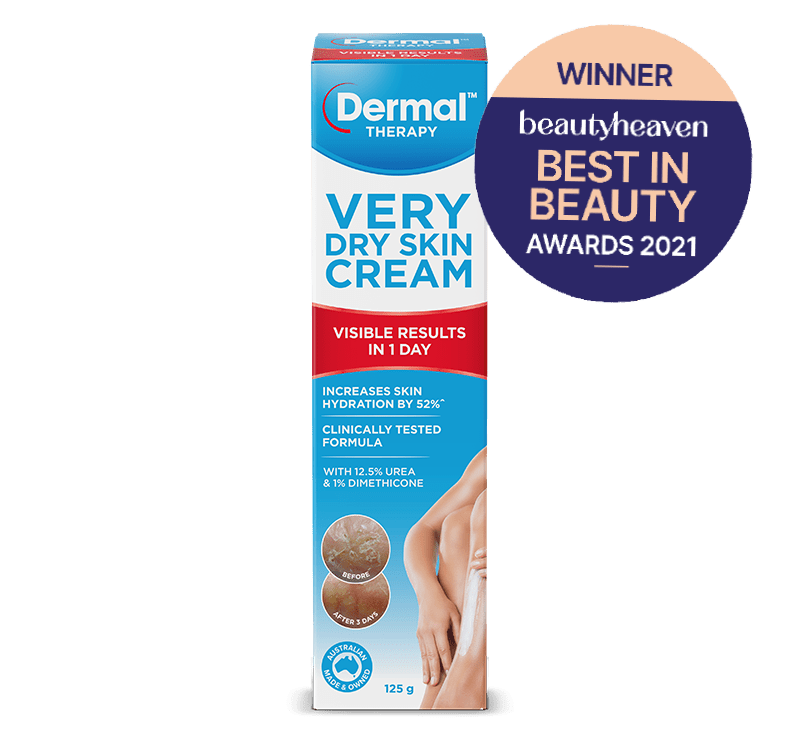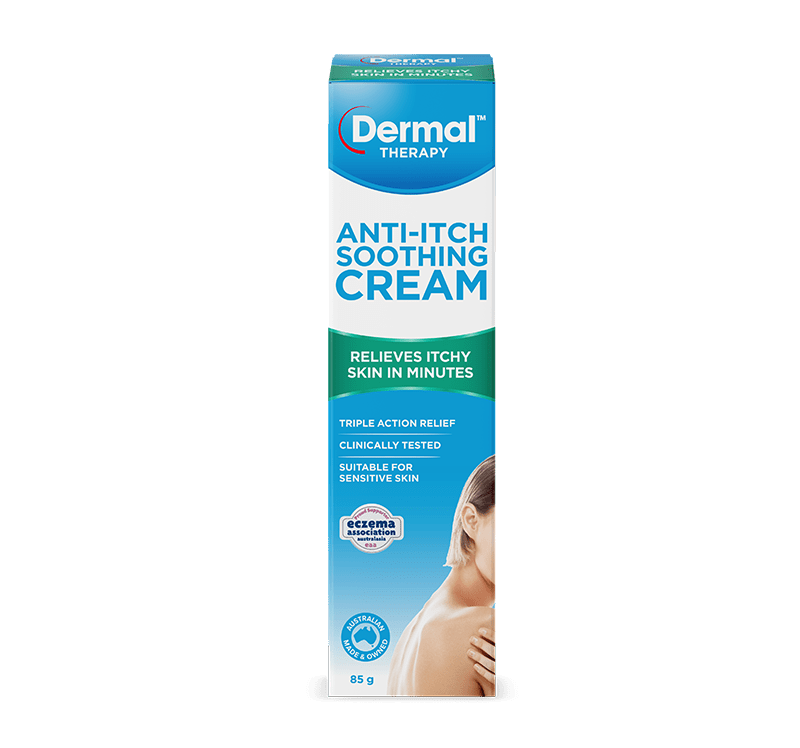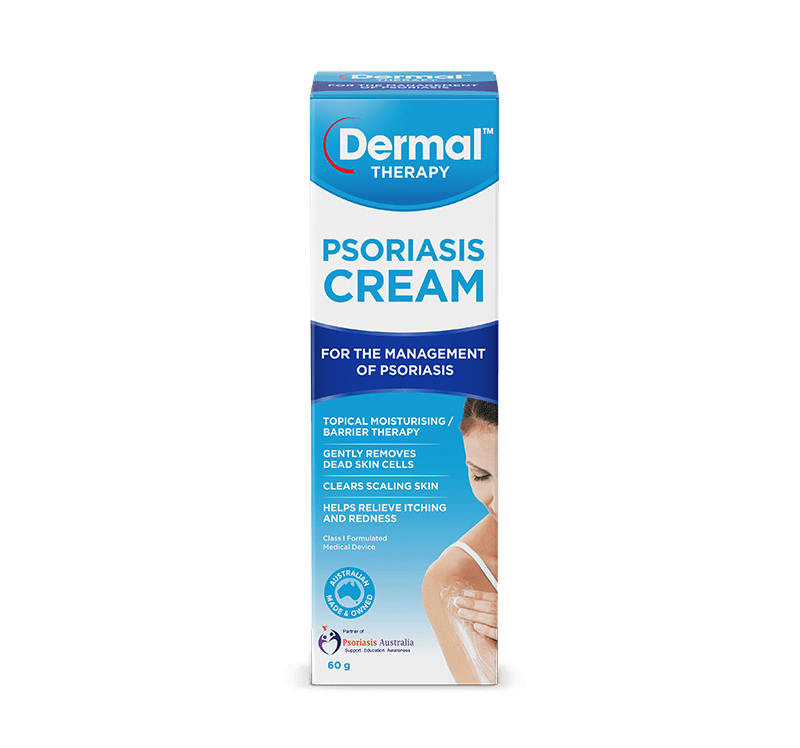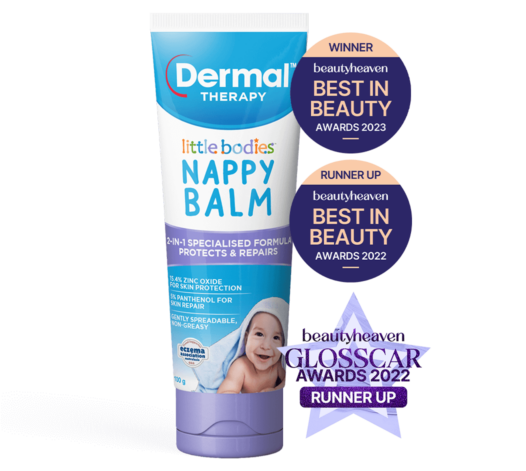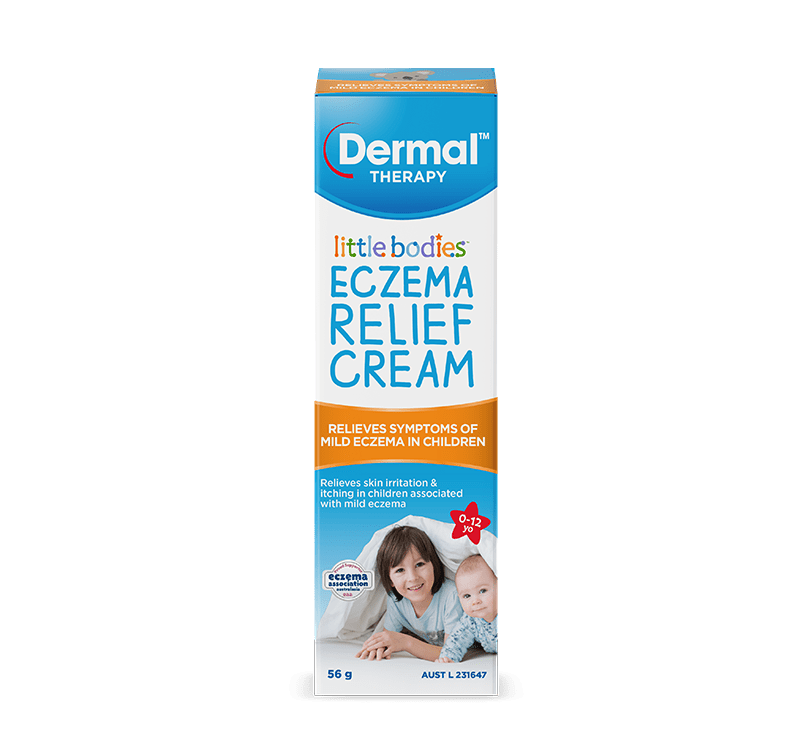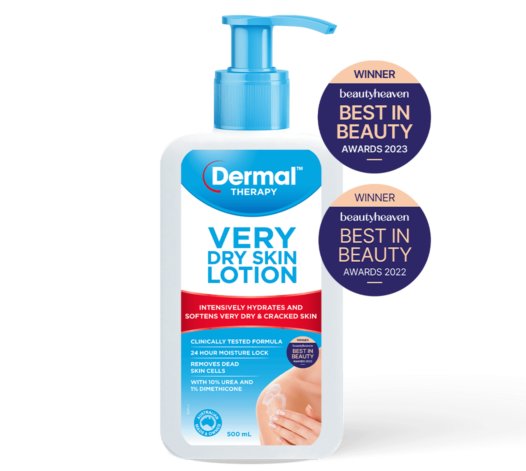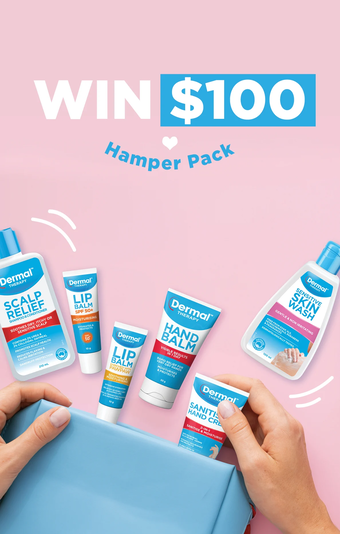Chafing vs. Sweat Rash: Understanding the Key Differences

Area
Daily Use Deodorant & Sweat ControlWhat’s the difference between a chafe and a rash? And, what’s the best treatment for chafing prevention and how do you soothe a heat rash?
Let’s break down what’s behind these common skin complaints and how Dermal Therapy’s chafing prevention products can help you make the most of your summer.
Chafing Unmasked
Chafing is a common issue, especially in hot and humid weather like the Aussie summer. Where and how chafing develops is based on factors like your lifestyle, clothing choices, and body composition. Common chafing areas include:
- Underarms
- Inner Thighs
- Groin
- Underboob
- Buttocks and upper back thigh
- Feet
- Neck
- Shoulders
Pretty much anywhere your outfit allows skin on skin contact or where your skin experiences close contact with fabrics. This close contact creates friction, which in turn leads to excessive rubbing of your skin, bringing about redness and painful chafing. Friction burns from skin or clothing chafing can be extremely painful and uncomfortable, these ailments are typically made even worse by:
Moisture: Sweat or other forms of moisture can increase friction between the skin and clothing, increasing the likelihood of painful chafing. This is particularly true for the skin on skin chafe or when tight clothing presses on joints such as the groin or armpit.
Clothing: Tight or ill-fitting clothing and rough or coarse fabrics can contribute to chafing and skin irritation. Look at things like the stitching, and the fit before you head out for the day to minimise discomfort.
Repetitive Movement: Feeling the burn isn’t just a summer ailment. Activities like walking, running, or cycling, can lead to chafing over time, especially when you combine wearing tight clothing with repetitive movement.
Body Shape: Bodies can be all shapes and sizes and very unique. Body parts that rub against each other are likely more prone to chafing. It can be worth investing in clothes that reduce skin on skin contact to prevent the burn and increase your summer fun.
Heat and Humidity: Hot and humid conditions make everything worse thanks to the increase of sweating and moisture on the skin resulting in more friction and rubbing.
Lack of Lubrication: Insufficient lubrication on the skin increases the amount of friction your skin experiences against skin or clothing. Athletes prone to chafing often use anti-chafing creams or powders to reduce friction. The more you lube, the less friction there’ll be and the smoother your day will run. Our top tip: Dermal Therapy’s Chafing & Sweat Rash Prevention Cream, perfect to apply before and during your summer days.
How and where you chafe is a very personal issue. So, what’s the best option to prevent chafing and reduce the inconvenience long term? It really depends on you, your lifestyle and what you’re wearing.
Sweat Rash Revealed
Heat rash, also known as prickly heat or miliaria, is a common skin condition that typically occurs in hot and humid weather. The likelihood of developing heat rash varies on individual factors like the local climate, individual susceptibility, and lifestyle.
Sweat rash, also known as heat rash or miliaria, occurs when sweat ducts become blocked, leading to sweat being trapped beneath the skin, causing discomfort and irritation. The process behind sweat duct blockage and pore-clogging involves a combination of factors related to sweat production, individual duct structure, and external environmental conditions.
Let’s take a look at the process of sweat and its impact on developing heat rash:
Sweat Production: Sweat is produced by the sweat glands, which are distributed across your skin. There are two main types of sweat glands: eccrine glands and apocrine glands. Today we’re mostly taking a look at the eccrine glands, since they’re the main offender in the development of heat rash.
Eccrine glands are responsible for producing the majority of sweat, and play an important role in regulating your body’s temperature. These glands release a watery, salt-based fluid onto the skin surface, aka sweat.
Sweat Duct Structure: Sweat ducts are the channels through which sweat travels from the sweat glands to the skin’s surface. Sweat ducts are tiny and can easily become blocked, especially in hot and humid conditions, when the body is producing more sweat as a cooling mechanism. When the sweat ducts are obstructed or blocked, your sweat becomes trapped
beneath the skin, causing discomfort and irritation.
Environmental Conditions: High temperatures and humidity often contribute to the development of sweat rash. In hot weather, it’s normal to sweat more, the increased moisture levels on the skin make it easier for sweat ducts to become clogged. Additionally, tight clothing that traps heat and moisture against the skin can exacerbate the problem, and
increase the likelihood of a skin irritation occurring.
Duct Blockage and Pore-Clogging: When sweat ducts become blocked, your sweat is unable to reach the surface of the skin. Instead, your sweat is trapped beneath the outer layer of the skin, called the epidermis.
Trapped sweat causes inflammation and irritation, leading to the formation of the small, red, and itchy bumps that are the main characteristic of sweat rash. As the blocked sweat ducts prevent proper cooling of the body, and the build up of sweat under the skin creates an environment conducive to the growth of bacteria, the rash becomes more inflamed and uncomfortable. So, how do you prevent sweat rash?
It’s really all about keeping your cool, wherever possible. Wearing breathable clothing, and keeping the skin dry and clean to reduce sweating and prevent an external build up of bacteria. Using a simple tool like the Dermal Therapy Chafing & Sweat Rash Prevention Cream can help keep your skin free and clear of excessive sweat.
Chafing vs. Sweat Rash: The Ultimate Face-Off
There’s no doubt about it: chafing and heat rash are both pretty awful skin issues to experience when the sun’s out! Rest assured, experiencing one or the other (or even both) is perfectly normal and is something that can be managed and even prevented with an over the counter tool like the Dermal Therapy Chafing & Sweat Rash Prevention Cream.
If you’re experiencing friction burn and chafing, it’s best to take a look at your clothing and your lifestyle to see what simple changes can be made. If you’re wearing a dress but experiencing thigh chafing, could you wear bike shorts or apply a chafing prevention cream before you head out?
If you’ve developed an irritated sweat rash, try not to scratch as this can introduce bacteria from your hands or fingernails which will likely worsen and prolong the discomfort. The summer heat and your increased sweating could see your ramp up your shower routine from 1 to 2 a day, to keep your skin cool and clean. Often it’s the simple changes that have the
most impact, especially when they’re done consistently.
Dermal Therapy’s Expert Touch To Prevent Chafing & Sweat Rash
Now it’s time to wrap up your skin knowledge journey and arm yourself with solutions for chafing and heat rash so you can enjoy your most comfortable and confident summer ever! Sometimes the best cure is prevention. At the core of chafing and sweat rash discomfort is one central issue: sweat.
Using an easily accessible treatment option like the Dermal Therapy’s Chafing & Sweat Rash Prevention Cream is a simple, easy hack to prevent discomfort before the sweat happens!
Dermal Therapy’s range of clinically tested skincare products are enhanced with naturally derived ingredients and are easily accessible over the counter – no prescription needed! Dermal Therapy is dedicated to bringing you fast, effective relief for your skin with products made in Australia by skin experts.
View the Dermal Therapy Sweat Control range today, including:
Chafing & Sweat Rash Prevention Cream
Sweat Control Roll On
Sweat Control Spray
Learn more with our Aluminium Free Antiperspirant – Natural Deodorant – Expert Commentary.
References
ncbi.nlm.nih.gov/pmc/articles/PMC6773238/
sciencedirect.com/topics/medicine-and-dentistry/sweat-gland
sweathelp.org/about-hyperhidrosis/physiology-of-normal-sweating.html
